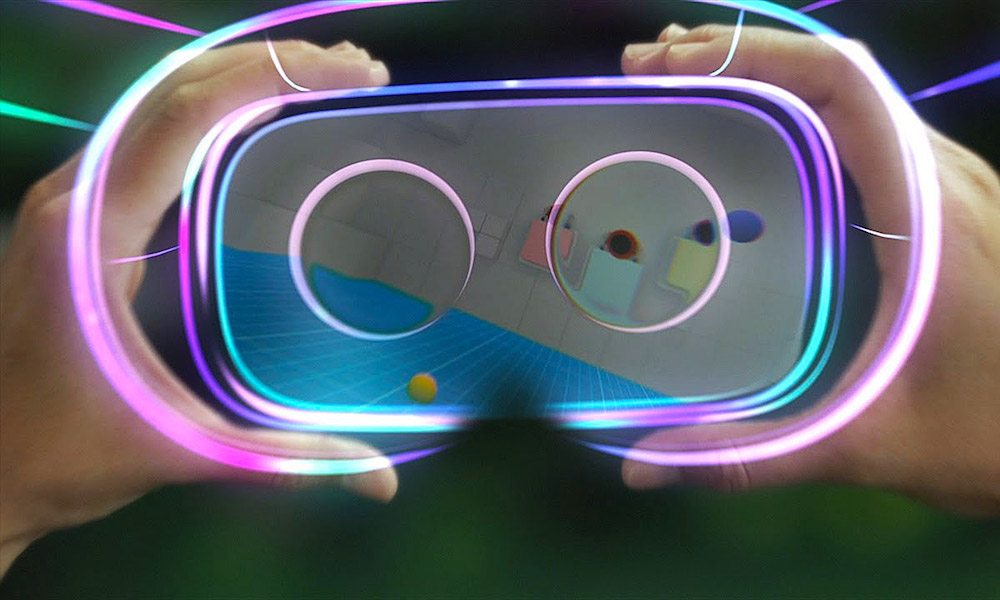5 Most Important Announcements from Google I/O ’17

Google is currently in the midst of its I/O developers conference, and to kick off the event, CEO Sundar Pichai made a number of exciting announcements at the event’s day one keynote yesterday. While he covered a lot of ground during it, here are the most important highlights and takeaways.
5. Google Photos Enhancements

Google announced that its Photos app is getting a slew of new sharing options. Through a feature called “Suggested Sharing,” Photos will now automatically recommended that you share photos with people that it identifies in them. You can also create an online family photo album via the new “Shared Libraries” feature. If you’d prefer a physical photo album to a digital one, Google does that now, too. You can create and order printed books of your photos — starting at $9.99. Of course, if you’re shilling out money, you only want the best photos. On that note, it was also announced that Photos will soon gain the ability to automatically remove unwanted items in your pictures (such as a fence covering up a baseball game).
Navigate to #4 Using the Right Arrow
4. Google Assistant and the Lens

Google’s already powerful Assistant is getting some major upgrades, too. Not only is the Google Assistant now on the iPhone, but it also gained the ability to “see” via Google Lens. Point your phone at a flower, and the Assistant will automatically tell you what species it is, as well as other information. Point at a theater and you’ll get showtimes and the ability to buy tickets. Perhaps most excitingly, you can point the Lens at a Wi-Fi network’s login information (such as on a router label) and the phone will automatically connect you to the Wi-Fi network. Magic.
Navigate to #3 Using the Right Arrow
3. Google Home Will Soon Make Calls

The smart home speaker war is heating up — like Amazon’s recently unveiled Echo Show, Google also announced that its Home speaker will soon be able to make hands-free calls. Users will be able to call any number within the U.S. and Canada for free, and they’ll have the option of connecting their smartphone number to Home. That’s an advantage over Amazon Echo, which will be limited to calling other Echo devices — at least for now. Another nifty feature is tied to the fact that Home can differentiate between users’ voices. For example: you can ask Home to call your mother, and your spouse can make the same request, but the device will know which mom to call based on who’s asking.
Navigate to #2 Using the Right Arrow
2. Standalone VR Headset

Google may currently be spearheading the virtual reality space with its Daydream platform, but the tech giant revealed that its VR ambitions are larger than that current system. The company’s two next-gen VR headsets — to be built by Vive and Lenovo — will be standalone devices, meaning they won’t require a smartphone or computer to work. What’s more is that they’ll track virtual space with a Tango-powered augmented reality system Google is calling “WorldSense.” Currently, there’s no word on a release timeline beyond the rather vague “coming soon.”
Navigate to #1 Using the Right Arrow
1. Android O (+ Android Go)

Beyond dropping the fact that Android has surpassed 2 billion monthly active devices, Pichai also revealed that their newest OS, Android O, is entering its beta preview stage. When released next year, it should be a faster, more secure operating system that focuses on a device’s “vitals” — battery life, stability, etc. In addition, Google also announced Android Go — a slimmed-down version of Android O built for budget smartphones in developing regions of the world with restricted access to cellular data. With apps tailor-made to require less memory, storage and data, Pichai pitched the operating system as a way for Android to reach the “next billion” users.
